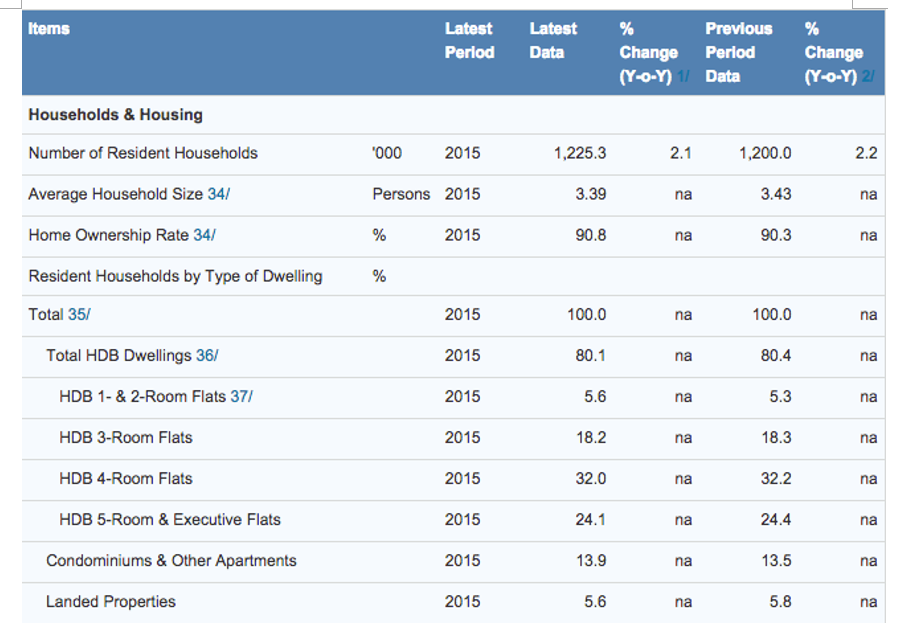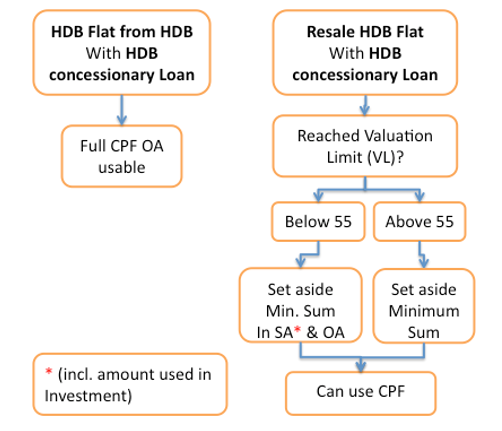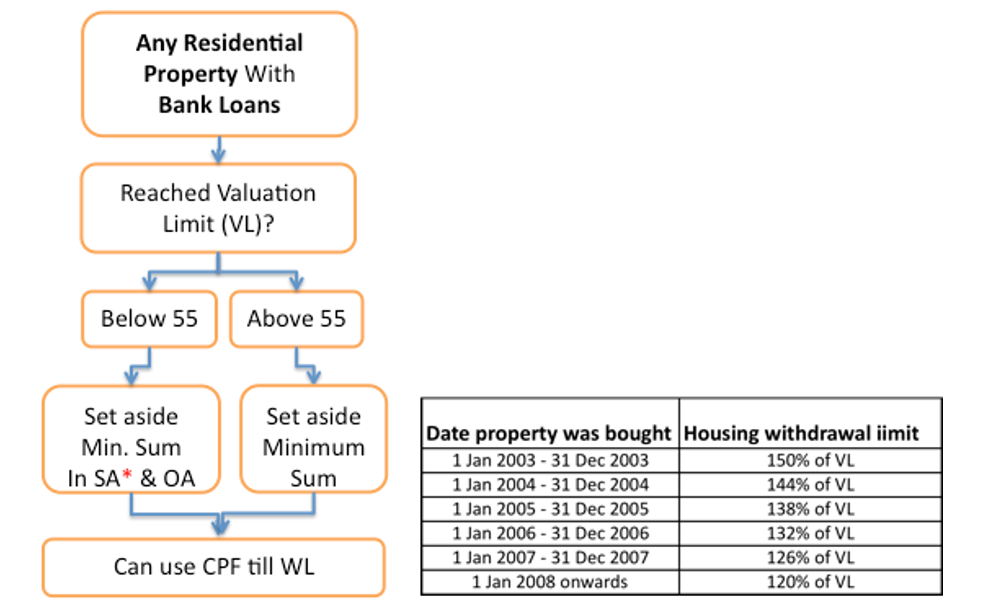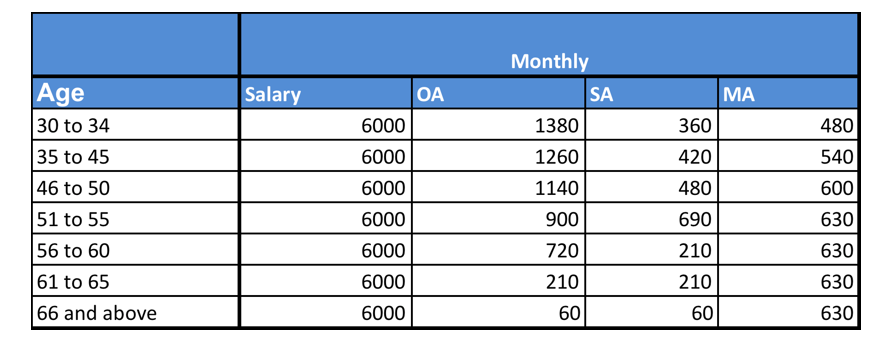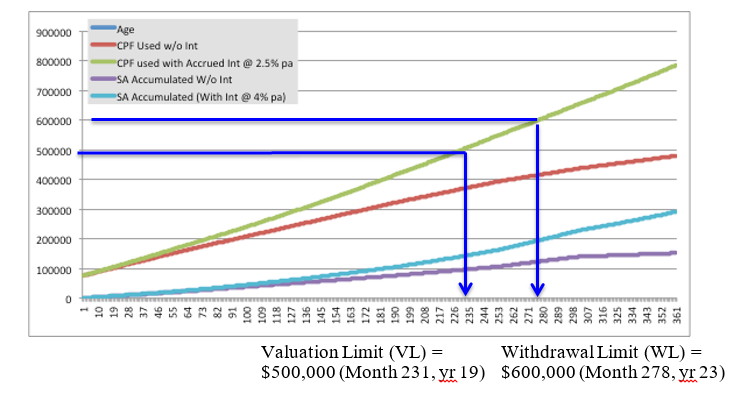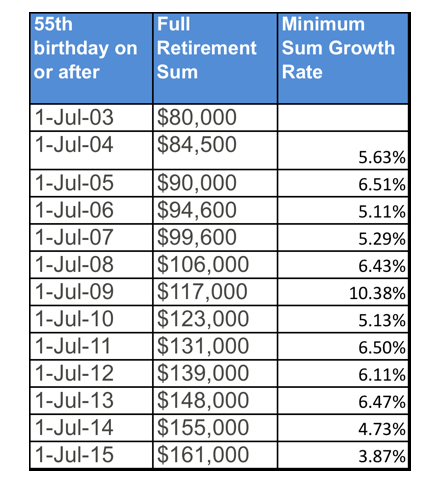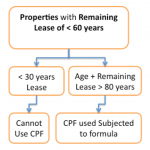Paul HO (iCompareLoan.com)
How much CPF can I really use for my house? What are the risks? Will you really be able to afford a house? Will the valuation Limit and Withdrawal Limit hurt your finances in the later years when you are able to retire?
Singapore’s central provident fund (CPF) plays a large part in the funding and liquidity of a property. Properties with access to liquidity from CPF will fetch higher prices.
For HDB flats, up to 100% of the property price can be funded through CPF for New flats bought directly from HDB and under HDB concessionary loan.
However CPF board has imposed Valuation Limit (VL) and Withdrawal Limit (WL) on the amount of CPF that can be used for housing loan repayment. This could impact your repayment ability in the later years of your housing loan.
HDB forms about 80% of all Property types and is the price benchmark for the bottom support price level, all the other residential property types takes its cue from this support price level.
Figure 1: Singapore Households & Breakdown of Housing Types, Singstat.
So how much CPF can you use for your HDB housing bought under HDB concessionary loan (i.e. not from banks)?
For HDB Flat bought from HDB with HDB concessionary Loan
You may use the CPF until you fully pay up your loan.
For Resale HDB Flat bought with HDB concessionary Loan
Once the valuation limit is reached, you will be assessed for whether you are below or above 55. If you are below 55, you will need to set aside minimum sum in SA (incl. amount in used in investment) & OA before you can further use CPF. If you are above 55 years old, you will need to set aside OA minimum sum before you can use CPF for HDB loan.
Figure 2: CPF that can be used for HDB Flat with HDB concessionary Loan and Resale HDB Flat.
CPF Withdrawal Limit (WL) for Residential Property using Bank Loans
Figure 3: CPF usage and Withdrawal Limits (WL) for any residential Property with Bank Loans * (Incl. used in Investment)
Your CPF OA is allocated by your age. Based on this, you will have limited opportunity to accumulate savings and savings will be forced upon you via allocating more to Special Account.
Figure 4: CPF contribution rates for Ordinary Account, Special Account and Medisave Account for Non-pensionable employees.
Figure 5: CPF contribution rates for Ordinary Account, Special Account and Medisave Account for Non-pensionable employees.
The key thing here is, properties bought using Bank Loans. Any residential properties (be it HDB or private) bought with Bank Loans are subjected to both Valuation Limit (VL) and limited at the maximum limit via Housing withdrawal limit (WL).
Let’s assume a scenario: –
This person has saved for several years to accumulate $75,000 of Ordinary Account (OA) balance.
Age = 30
Income = $6,000
Initial CPF OA = $75,000
Property Price = $500,000 (Valuation Limit)
Down payment CPF OA = $75,000
Down payment Cash = $25,000
Withdrawal Limit (WL) = $600,000 ($500,000 x 120%)
80% Loan = $400,000
Mortgage Interest Rate = 2% (Assume flat throughout loan tenure)
Figure 6: Monthly Repayment Table based on CPF OA available based on age, CPF used with 2.5% accrued Interests and SA accumulation @ 4%.
A $400,000, 30 years loan @ 2% mortgage interest rate equates to $1478.48 per month.
As CPF OA contribution is insufficient to cover the monthly repayment of $1,478.48, additional cash outlay is needed per month.
Based on $6,000 per month income, CPF usable is (see Figure 6): –
- $1,380 per month from ages 30 to 34; (Cash needed is $98.48)
- $1,260 per month from ages 35 to 45; (Cash needed is $218.48)
- $1,140 per month from ages 46 to 50; (Cash needed is $338.48)
- $900 per month from ages 51 to 55; (Cash needed is $578.48)
- $720 per month from ages 56 to 60; (Cash needed is $758.48)
Figure 7: Projection of CPF withdrawal with Accrued Interest @ 2.5% and Accumulated SA @ 4%.
By the 231st Month when the person is 49 years old, (19 years into the loan), the valuation limit is reached (VL).
When the VL is reached and if the person is below 55, he needs to set aside the Minimum Sum (MS) in the Special Account (SA) including investments + Ordinary Account (OA).
Today’s Minimum Sum (MS) is $161,000 (2016). If a person owns a home, he is required to set aside 50% of $161,000 (MS) = $80,500 as retirement funds.
In the past, the Minimum Sum has been growing at a phenomenal rate: –
Figure 8: Full Retirement Sum (Minimum Sum) and Minimum Sum (MS) growth rate
If we just use 4% as the growth rate of the Minimum Sum, in 19 year’s time, the Full Retirement Sum would be ~ $339,000, and 50% of $339,000 would be $169,500.
Based on today’s projection, he would have about $141,000 of SA in 19 years while the 50% of Minimum Sum (MS) would be $169,500. He would still need to top up an estimated $28,500 in 19 year’s time.
By Month 278, when he is about 53 year’s old, after 23 years into the loan, he would reach Withdrawal Limit (WL) and no longer be able to use his CPF to pay for his housing loan.
Then suddenly he realizes that he cannot retire as he now has to pay the repayment fully in cash of $1478.48 for the last 7 years of his housing loan just when he approaches his 50s.
Will we then see house prices crash when older folks all downgrade together?




